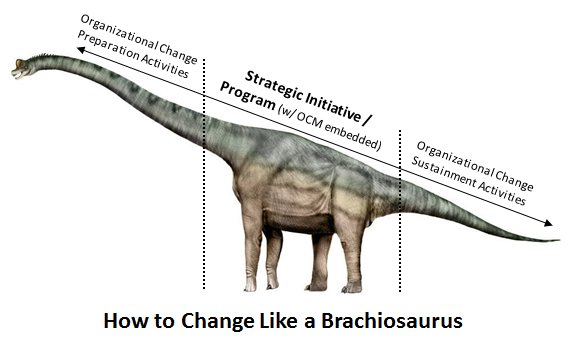We are occasionally asked about mistakes that we see companies make related to organizational change management. In reflecting back over several years and many client engagements, below are the most common mistakes that we have seen. 1) Short-Cutting the Change Process Change is a process, not a single event. Organizational change does not happen instantaneously as […]











